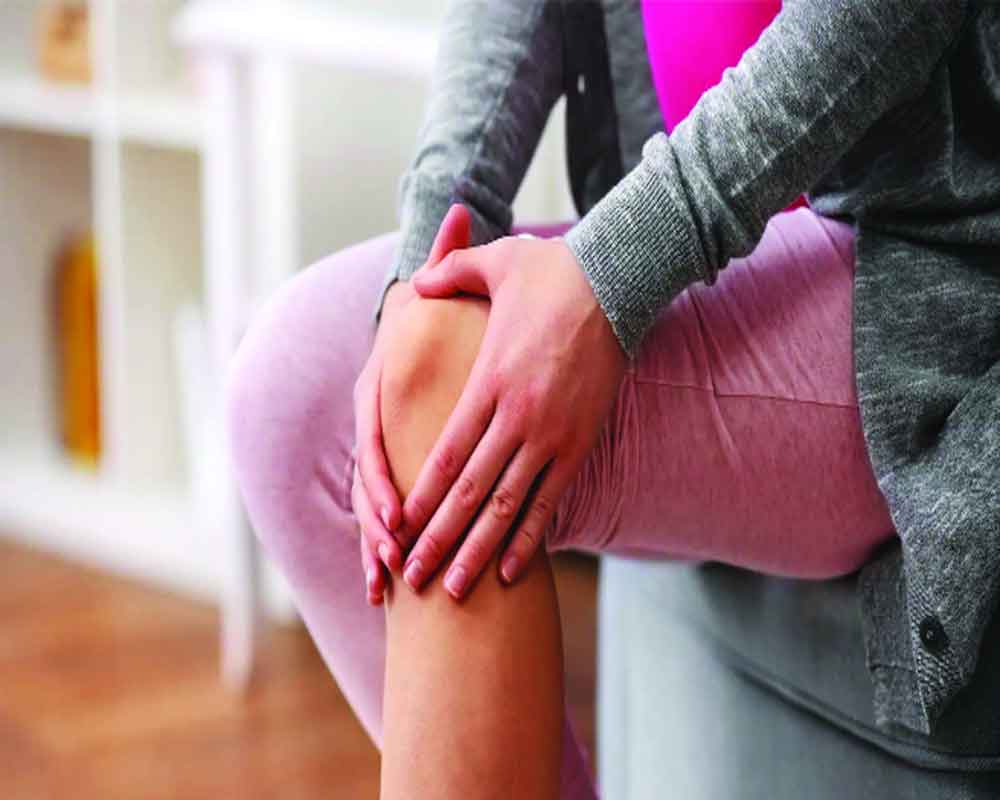Being mentally and physically prepared for surgery is essential. Doctors will help you to get ready mentally but for physical strength, you need to eat right and exercise, says DR SHUBHANG AGGARWAL
Chronic aches, swelling and pinching or sharp shooting pain in the knee or hip are some of the issues when you face joint problems. All these symptoms not only give you sleepless nights but also restrict your ability to do things you would normally do. It’s a common health condition in middle to old aged people but these days younger adults are also affected by joint problems and it’s mostly due to some sports injury, accident or just degenerative osteoarthritis. Experts suggest that in order to tackle such joint pains a person should take adequate rest with anti-inflammatory medications. If the condition still persists then one should consult a doctor and explore the possibilities of cartilage preservation surgery otherwise they will have to go for joint replacement surgery.
When to consider surgery?
When you work, sleep, walk or even sit for a longer period of time and your hip or knee pain continues to affect you, and you feel that you are getting dependent on other people to carry out your activity of daily living, or if you feel that you are trying to change your lifestyle to become less active in order to avoid pain, then you should opt for a surgical procedure such as total joint replacement. Surgical procedure is suggested only when non-surgical treatments including medications and physiotherapy do not provide any relief from your pain and improve the quality of life. Knee and hip replacement surgery is now a technically demanding, precise but extremely successful surgery and it has become a very common scenario to have a knee replacement surgery.
Through total joint replacement surgery, surfaces of an arthritic or damaged joint are removed and resurfaced or replaced with a metal, plastic, or ceramic device called a prosthesis. These prostheses are designed in such a way to replicate the movement of a healthy joint. This procedure is mostly used to replace hip and knee but now it can be performed on other joints including wrist, ankle, elbow and shoulder.
Since the advent of robotics, and availability of excellent quality long-lasting implants, trying for placement surgery is no longer an age-related surgical procedure, anybody can opt for it to improve the quality of life. This procedure is a must for those who have bone-on-bone osteoarthritis of the hip or knee. In any good centre across the world, the two main complications of joint replacement surgery or deep vein thrombosis and infection. The rate of infection is usually less than 0.5% and with better infrastructure and operation theatres using laminar airflow to filter and provide bacteria free air in the operation theatre, the rate has been maintained low. To prevent deep vein thrombosis, early mobilisation and use of blood thinners post operatively have gone a long way to protect patients from these.
Preparing yourself for total joint replacement
Just a week ahead of your surgery, your doctor and his surgical team would brief you well about the whole procedure and perform certain tests such as blood tests and a cardiogram. You should also clarify your doubts including post surgery complications. It’s essential that you should be well-prepared for the surgery both mentally and physically. Doctors will help you to prepare mentally but for physical strength, you need to eat right and exercise as suggested by the doctor. At home, get your assistive items such as a shower chair, handrail if your age is more than 70, which you would need post surgery. Once you are well-prepared then you can have a smooth surgery and speedy recovery as well.
Recovery
With robotic surgery, and aggressive rehabilitation protocols being followed in certain centres of the country, you will be made to stand up and walk three hours after your surgery. The more you exercise the better you will feel. Exercise as suggested by the doctor and guided through a physiotherapist, if done properly becomes the most integral part of the recovery process. Your physiotherapist will guide you with specific exercises that will help in restoring movement and strengthening of the joint. Sometimes, there is a temporary pain in the replaced joint because of the surrounding muscles and tissues.
The Writer is Dr Shubhang Aggarwal, Orthopaedic & Robotic Joint Replacement Surgeon and Director at NHS Hospital, Jalandhar

























